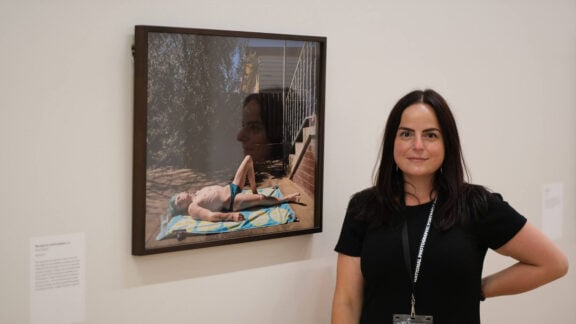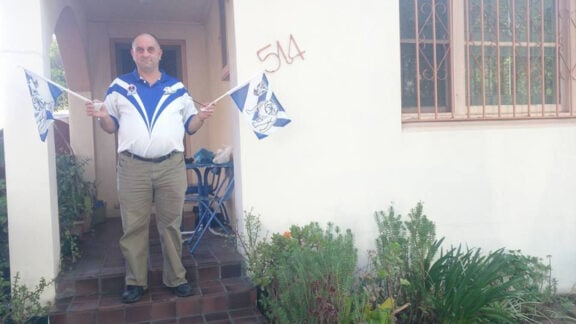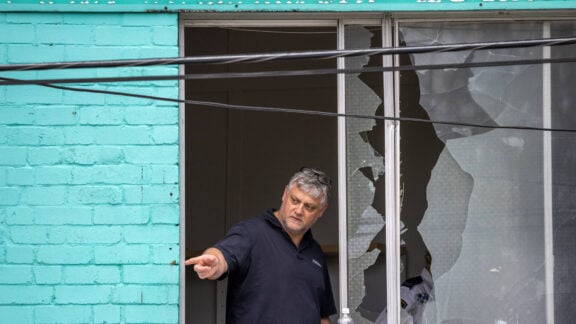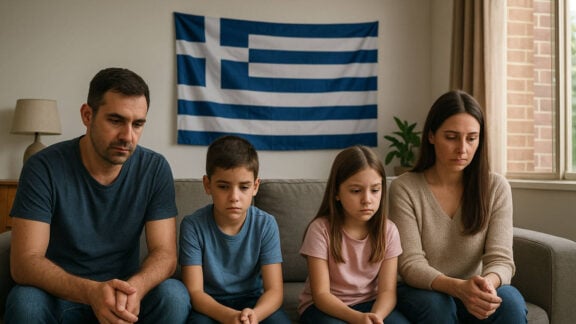Black Summer of 2019-2020, turned out to be the worst fire season ever experienced in the country. By the time the fires stopped burning, 24 million hectares were burnt to the ground, nearly 10,000 homes and buildings were destroyed, 35 people died in the fires and at least another 417 people were killed due to the effects of smoke, as well as an estimated three billion animals killed or displaced.
Greg Mullins, expert firefighter and author of “Firestorm”, a book published by Penguin last month, recounts how a group of former fire and emergency chiefs of the “Emergency Leaders for Climate Action”, tried to warn Prime Minister Scott Morrison to prepare for escalating extreme weather events, that would soon wreak havoc.
The request for an urgent meeting in April 2019, and their repeated concerns were ignored.
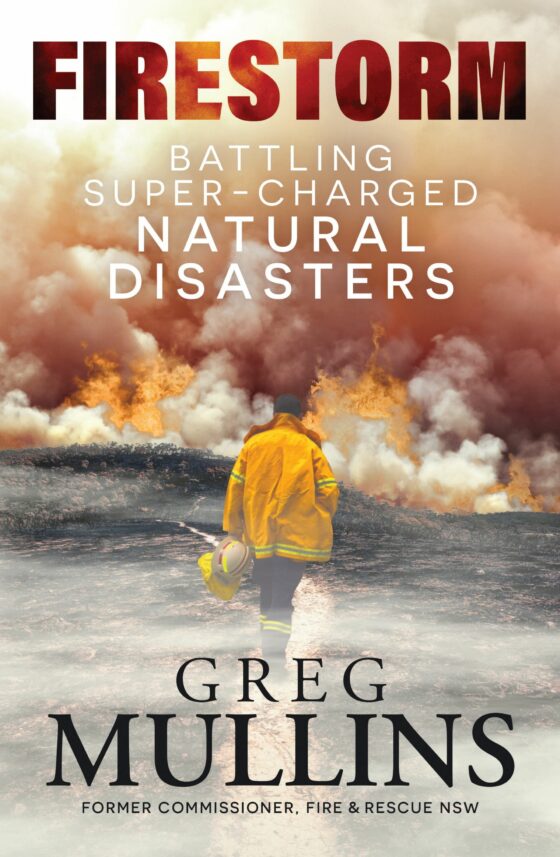
Mr Mullins, who has been fighting fires for 50 years, gives a thrilling account of his journey in his book; from facing his first fire at the age of 12, to the worst fires the country ever experienced in 2019-20. He describes all the major bush fires he has faced, providing scientific data, along with his observations on how patterns started changing even as early as 1994.
He shares the concerns he discussed with experienced firefighters across the world who were noticing the same changes, agreeing that what they were seeing more and more was the result of the earth in crisis, as a result of global warming.
“On a scale from one to ten? I am well below five,” Mr Mullins told Neos Kosmos, ahead of Mr Morrison’s visit to Glasgow to attend the UN COP26 Climate Summit on Sunday. Mr Mullins is not optimistic when it comes to Australia’s commitment to achieve net zero emissions by 2050.
“Unfortunately the devil’s always in the detail. The government is talking about technologies that do not yet exist, they are talking about carbon capture and storage which no one has actually made work. And also, my understanding was that countries would have to upgrade their commitment for 2030, and the Prime Minister has said that he is not going to do that. So, it is disappointing, but it is a step along the road, an inevitable road. The good thing is that nobody is trying to dupe people that climate change isn’t here and now, and affecting everybody.”
Though retired, Mr Mullins has not stopped volunteering and offering his expertise in major fires.
“Once you are a firefighter, you’re a firefighter for life,” Mr Mullins said, driven to risk his life to save the community despite the exhilarating suspense as described in his book.
“It is incredibly rewarding, though also very scary and dangerous, I think that is why you have people like me, who do it for decades, because once you start you cannot stop. And you do feel an obligation.”
Mr Mullins grew up in a semi-rural bushland environment on the northern outskirts of Sydney, surrounded by cliffs, white sandy beaches, forests and creeks. He learned about ecology and the science behind it, from his mother who loved the bush, and from his father, he learnt how to predict the fire seasons ahead, and essential firefighting tactics.
He said general community is worried about facing another Black Summer.
“People keep asking me, if it is going to happen again this year. And the answer is no, it’s not. Because so much was burnt last summer, and because we have had so much rain we are not looking at that happening, this year at least. When the next draught comes, the next El Niño comes, the fires might be even worse, because it is getting hotter and hotter, drier and drier, windier. We will get weather conditions we have never seen before.”
He hopes Australian politicians will stop denying that climate change is the root cause of worsening bushfires.
When Greece faced the extreme fires a few months ago, Mr Mullins pointed to Greek Prime Minister Kostas Mitsotakis, and how important it was that he publicly stated that the devastation reveals “the reality of climate change”.
Because that is when we can start solving the problem.


